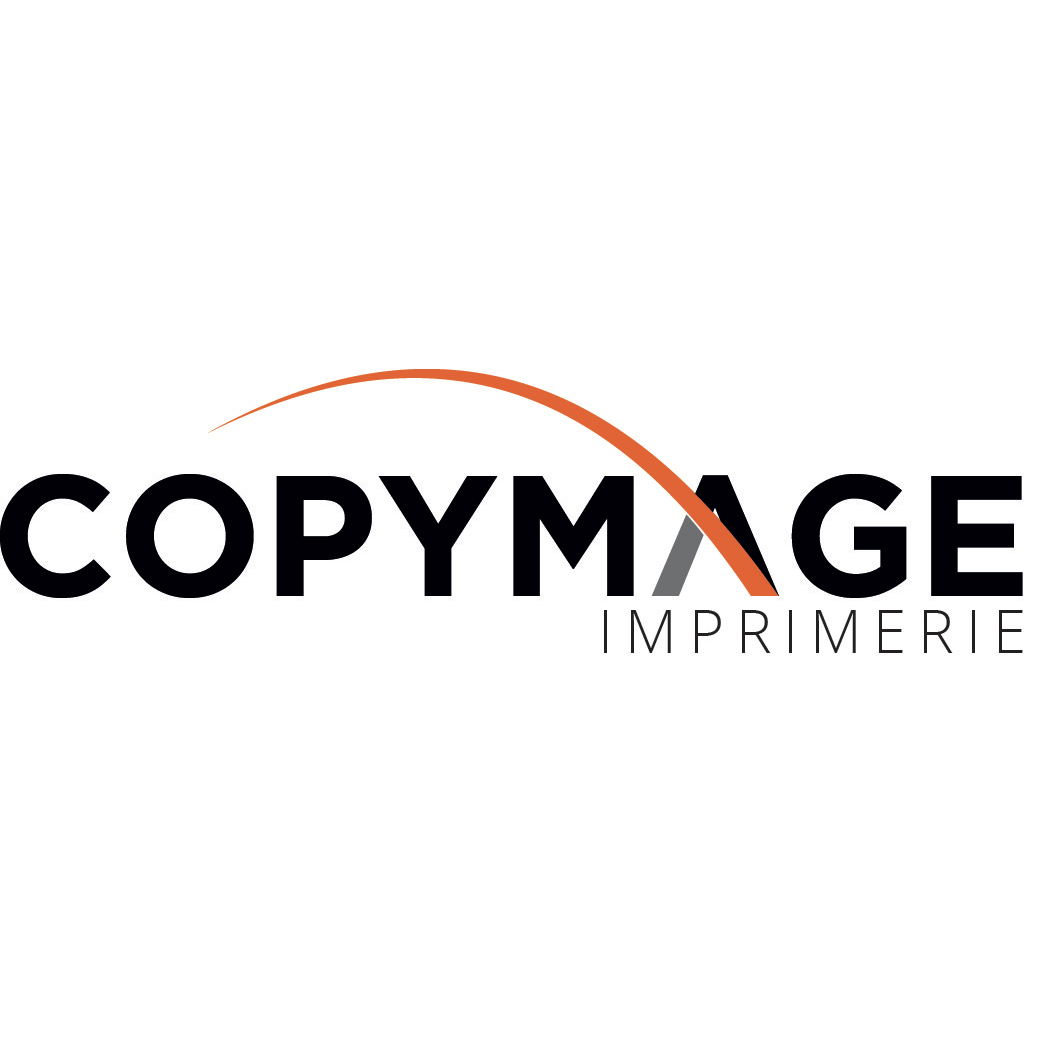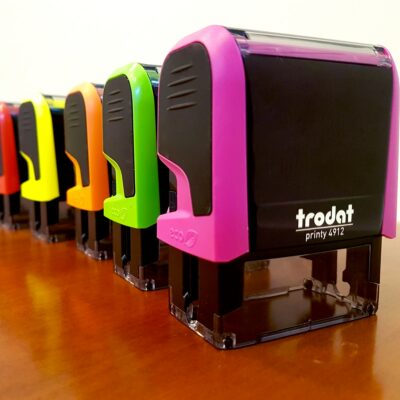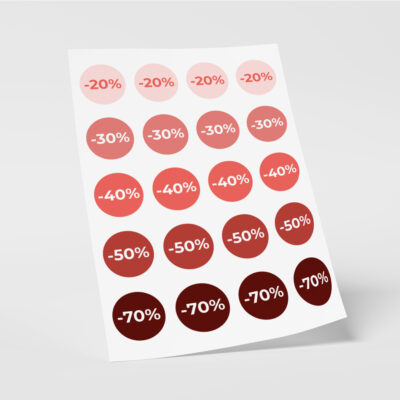- Call us 01 42 61 00 33
Monday to Friday 9:00 - 18:00 IMMEDIATE
CUSTOMISED QUOTERETRAIT EXPRESS
& LIVRAISON J+1-
-
- All
products - Cards
- Brochure
Files - Advertising
- Printing
- Office automation
- Adhesives
- Signage
- Themes
- Printing
Express in 4H

Tips & tricks from your printer
Publish your self-published book in 7 steps
Whether you've written your family history, designed a book of your best photographs, or finalized the manuscript of your first novel, self-publishing is a solution that allows you to get your book out there without going through the services of a publisher.
Producing a self-published book is a simple and accessible way to share your literary productions, however it also means that you must carry out all the steps of production of your book yourself.
In order to accompany you throughout this process, we have listed in this article the 7 steps that will allow you to complete the publication of your self-published book.
Step 1. Writing your self-published book
The first step in the production of a self-published book is, of course, the writing of its content. Writing a self-published book is not paid. As an author, you must therefore plan for other means of support that may interfere with your creative process.
It is sometimes helpful for some writers to create a routine to keep their manuscript going despite the limited time available from their jobs and personal obligations. Some people like to get up an hour earlier to write, others are more inspired by the night. Sometimes it's a good idea to change writing locations, sitting in a café or going on vacation to a friend's house in the country.
In any case, setting the goal ofwriting one page a day, even a bad page, even a page that will have to be completely rewritten the next day, often helps to chase away the anxiety of the blank page.
Step 2. The correction of your book

When you feel that you have a near-final version of what you want to produce, share this finished version of your work with a few trusted people whose eyes and comments will be helpful in reworking the text and its structure.
Finally, the final version of your book will have to undergo a thorough and meticulous proofreading by one or more of your relatives who are good spellers or by a professional service.
Step 3. Layout of your book
The layout of your manuscript determines the pace of reading, the number of chapters, and the fit of the text to the form.
It is imperative to devote time and energy to this in order to encourage your readers to take ownership of the content of your self-published book.
Leave space between paragraphs, skip lines to air the story, give space to illustrations, your readers will follow you all the better as they will be able to breathe while reading you. Also, think of creating wide enough margins: not only will this create a breathing space for your readers, but it will also guarantee an optimal reading comfort.
Step 4. The referencing of your self-published book
If you want to print more than 100 copies of your self-published book and if you plan to distribute it beyond your close family and friends , you have certain obligations:
- you must make the legal deposit of your self-published book with the Bibliothèque de France (BNF),
- you must fill out a form available on the website of theAgence francophone pour la numérotation internationale du livre (AFNIL), in order to obtain an ISBN and an EAN barcode,
- you must include these mentions on the final pages of your self-published book.
All these steps must be taken before entrusting your self-published book to your professional printer.
Step 5. Designing your book cover
The cover of your book must be a faithful reflection of its content. It should entice readers to pick up your book, arouse their curiosity while making a promise that your self-published book must then keep.
There are several elements involved in designing a successful roof:
- the choice and size of fonts
- the choice of one or more illustrations
- the arrangement of these elements
- the finishes applied to this cover
At Copymage, we offer different finishes for the cover of self-published books to increase their attractiveness and make them unique.
- First of all, the choice of paper is fundamental. We suggest that you choose a 300 g/m2 paper for the cover of your self-published book, which will offer the same rigidity as that of books sold in bookshops.
- Secondly, lamination will give a refined look to your self-published book cover. At Copymage we offer a matte lamination (simple and modern), a gloss lamination (which magnifies the colors of the illustrations) or a soft touch lamination (for a silky finish and a peach skin touch).
- Thirdly, the application of a selective varnish, a 3D selective varnish or a gilding is an effective way to give a touch of originality to the cover of your self-published book.
Moreover, the slice of your self-published book represents an important issue since it is often the first thing your future readers see on the shelves of bookstores.
This slice can have the title of your work if:
- your book has at least 40 double-sided pages (or 20 sheets) and if its edge measures at least 8 mm.
- The edge of your book measures 6.5 cm maximum.
To calculate the edge thickness, multiply the number of leaves in your book by the thickness of each leaf.
Note that:
- 80 and 115 g/m2 paper is 0.1 mm thick.
- A 135 g/m2 paper is 0.12 mm thick.
Therefore, if your self-published book has 300 pages, or 100 sheets, and you choose a paper of 80 g/m2, the edge of your book will measure 15 mm (150 x 0.1). You will be able to put your name and the title of your choice on the edge.
Step 6. Printing your self-published book
Going through a professional printer like Copymage for the printing of your self-published book will allow you to benefit from the know-how and technical knowledge of consultants dedicated to your project.
- You will be able to get all the answers to your questions about the cover, size, format, spine, etc. of your self-published book.
- You will be able to choose among many qualities of papers, many finishes.
- You can benefit from techniques only available from a professional printer such as glued square back binding. This technique, which consists in impregnating the pages of your book with PUR (reactive polyurethane) glue and then affixing the cover, is the only one that can give a "bookstore-like" look to your self-published book.
- You will be able to take advantage of theproofing option and check on a "test copy" that the result of the printing meets your expectations before launching a printing in larger numbers.
- You will be able to order small quantities of your self-published book, from 10 copies.
Step 7. Developing a promotional strategy for your self-published book
When you are in the process of self-publishing, all tasks after the production of the book itself are also your responsibility.
You must therefore:
- develop a communication strategy around your self-published book, for example by commissioning us to produce bookmarks in the image of your book that can be distributed at book fairs.
- plan a specific communication campaign for social networks. More and more authors manage to create, via social networks, communities of fans who actively participate in the promotion of their books, making their success viral. Some books, born on digital platforms, have been so successful that they have finally been published in paper version.
- Develop a marketing strategy if your self-published book is intended to be sold. For example, consider sending copies of your self-published book to book reviewers.
When you self-publish your book, you retain your editorial freedom and full copyright, but you bear sole financial responsibility for your book.
For any information regarding the printing of your self-published book, our team of professional consultants is at your disposal:
- by phone at 01 42 61 00 33
- by e-mail to contact@copymage.com
- or at the workshop located 8 rue Saint Roch, 75001 Paris
Our rates
The best prices on the market
The quality
We are demanding and attentive to your satisfaction
Our deadlines
Tight deadlines thanks to our continuous production system
Imprim'vert label
We are careful about our footprint and waste management. We have obtained the Imprim'vert label.
Help & Advice
Our experts are here to help you.
HELP & ADVICE
Our experts are here to help you. Do not hesitate to contact them.
Adresse
8 rue Saint Roch 75001 Paris
Metro
Line 1 Tuileries
Line 14: Pyramides Line 14 : Pyramids
Bus
Lines: 21, 27, 68, 72, 81




































